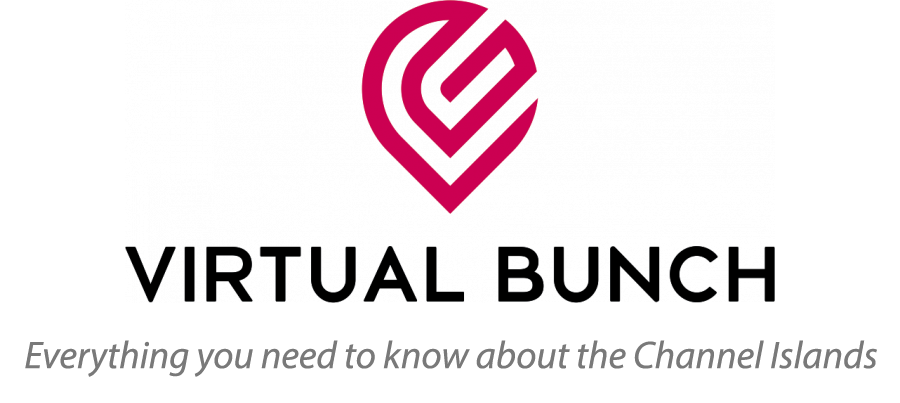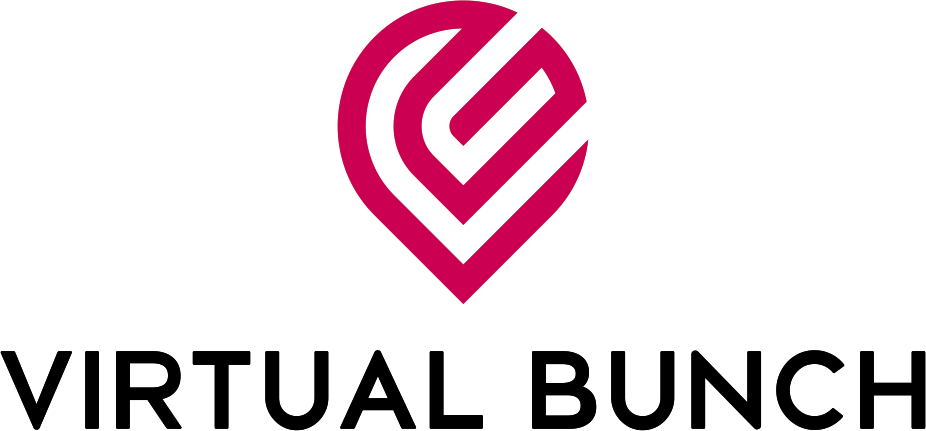
The year that was 2020, categorically showed us that remote work works, even when it’s implemented at crisis speed! Just in case you were ever in doubt.
But right now, many employees and employers are stuck between the old system – where we had to be physically present at work. And the future – where a vaccine is on the horizon and effective treatment may open up the return to the traditional office.
But organisations around the world are starting to reimagine work in the new normal. This forward vision includes finding alternative ways to structure work communication, hours, and physical presence to enhance organisational goals and workers’ physical and mental health.
Many companies are deciding whether there’s a place in the business world for hybrid work models – combining remote work with office work, that gives more flexibility and sustainability to the employee and possibly the organisation.
Of course, these new ways of working presents leaders with a new set of challenges…
As an experiment, 2020 has shown us that remote work doesn’t drop productivity or collaboration as much as initially thought. There are challenges, granted – but imagine what might be possible if companies had time to prepare for the remote work culture.
The main challenge is how to prepare for and optimise tomorrow’s hybrid working models, where traditional office workers and purely remote workers will be the two ends of a spectrum of available options.
Another significant challenge is dealing with the social isolation, loneliness, fatigue, and stress employees feel during remote work. As the new way of working is reimagined in organisations, and a new hybrid model establishes itself, some more challenges will most likely arise. These need to be worked through to form a sustainable and valuable system.
It needs to be recognised that remote work is not equally possible for all employees, and it often shows the disparities among those allowed to work remotely.
Anything from poor internet connections, challenging living conditions, childcare arrangements, cramped living quarters, and other distractions can influence the quality of interactions during remote work.
There is also the issue of personality. The people who thrive on fixed routines may find it difficult to move seamlessly through different work settings. Those individuals who enjoy flexibility will love the varied choices they have to fit their lifestyle.
As people return from remote work, the playing field will tip to the advantage of the workers who return to the physical workplace. Undoubtedly, the office dwellers will have a disproportionate share of power and the edge over home workers. These individuals will be seen and heard within the organisation, just by having a physical presence. Also, the hybrid choice can run the risk of creating cliques within teams and the organisation. This ultimately reduces collaboration and increases conflict.
How do we reimagine work to achieve a sustainable hybrid model to add value to everyone within the organisation?
Equalisation
Ideally, employees should be in the office on the same days, although this may be impractical. And it may be a necessity to stagger their presence to facilitate downsizing measures for cost efficiency.
Leaders and managers should also be in the same situation as employees with roughly equal face-to-face time in the office.
It is essential that team leaders and managers are aware of the potential harms of the in-group dynamics and actively implement measures to avert these cliques.
Transparent communication
Transparency in communication is critical if you want any team or organisation to thrive. If meetings occur across the remote and traditional office divide, everyone should be on their own device. This technique cuts down the in-person side conversations and forces explicit and concise communication amongst the participants.
It also helps to have organisation-wide structures and procedures in place, so there is clarity and consistency around communication to avoid conflict.
Modularisation
This process divides up work into tasks – so employees are empowered to make decisions and complete tasks independently, without requiring colleagues to be online simultaneously. To take full advantage of this model, organisations shouldn’t demand that everyone works the same hours. However, it may be a necessity in some cases due to the nature of the work being done.
It is best to put in a mix of synchronous and asynchronous communication methods to help socially distanced teams work at their optimum to mitigate any issues.
Despite the challenges, hybrid work models will potentially allow organisations to recruit from a more diverse talent pool and achieve the dream of innovation and success. There will need to be creative and individualised solutions for every organisation. But by starting to work on a sustainable solution now, companies will be able to define a more flexible, digital, and purposeful future. This new hybrid work future creates value for everyone.
Are you managing remote teams? Then don’t miss the following article: How to Keep your Team Productive while Working Remotely



